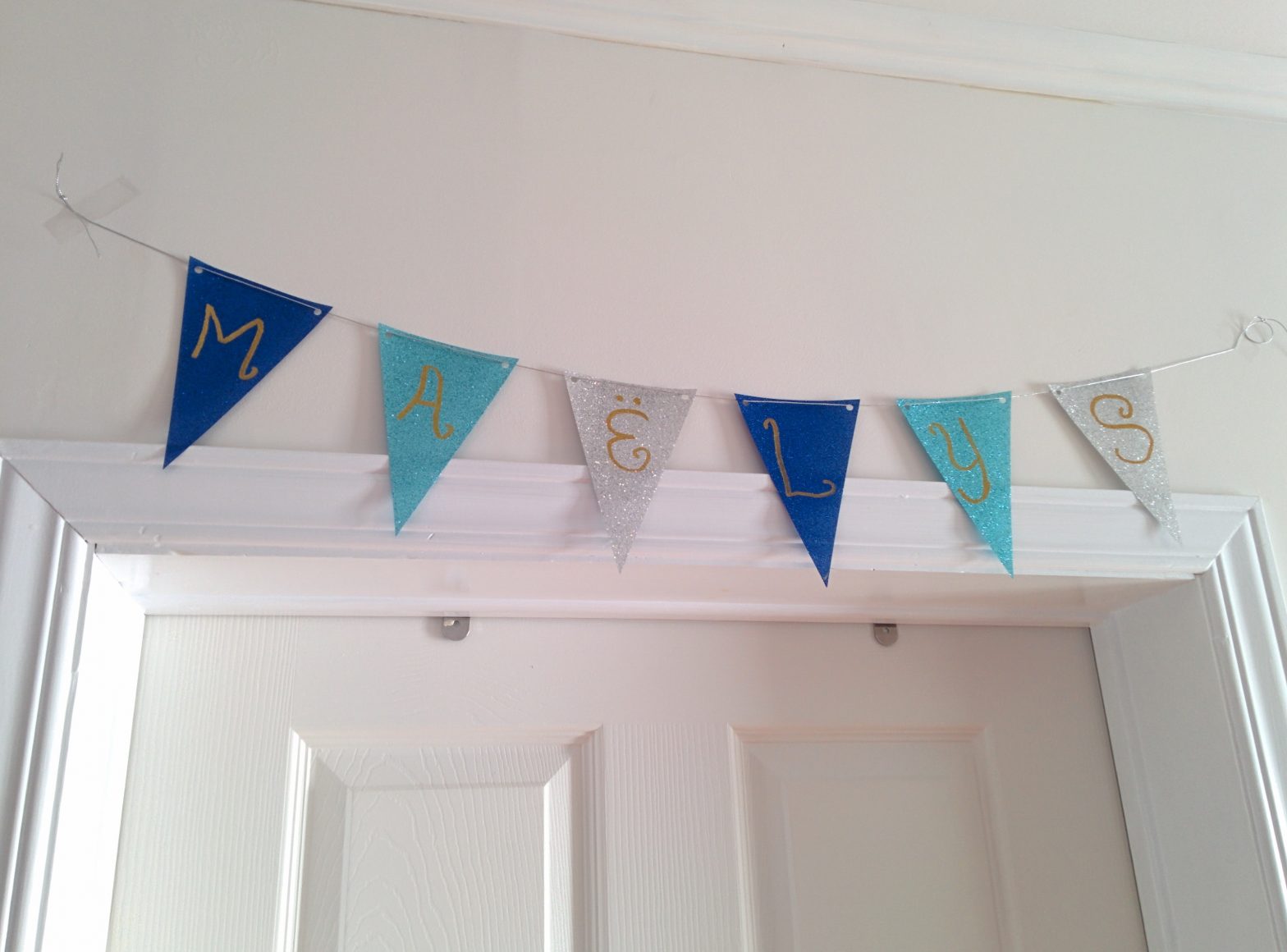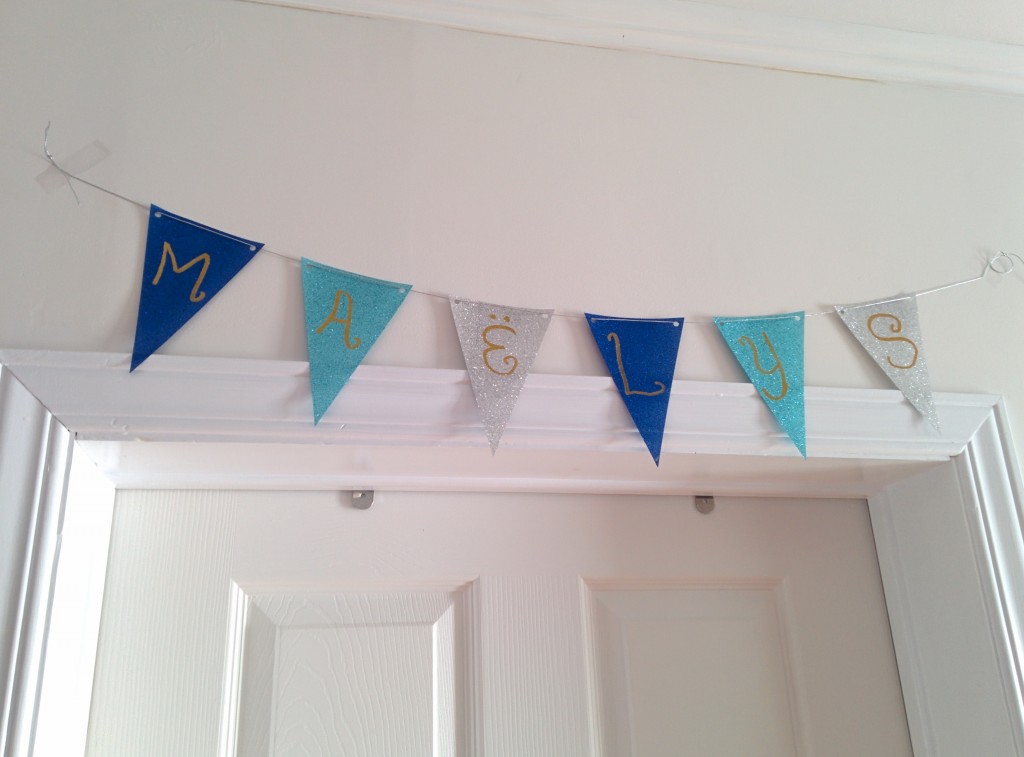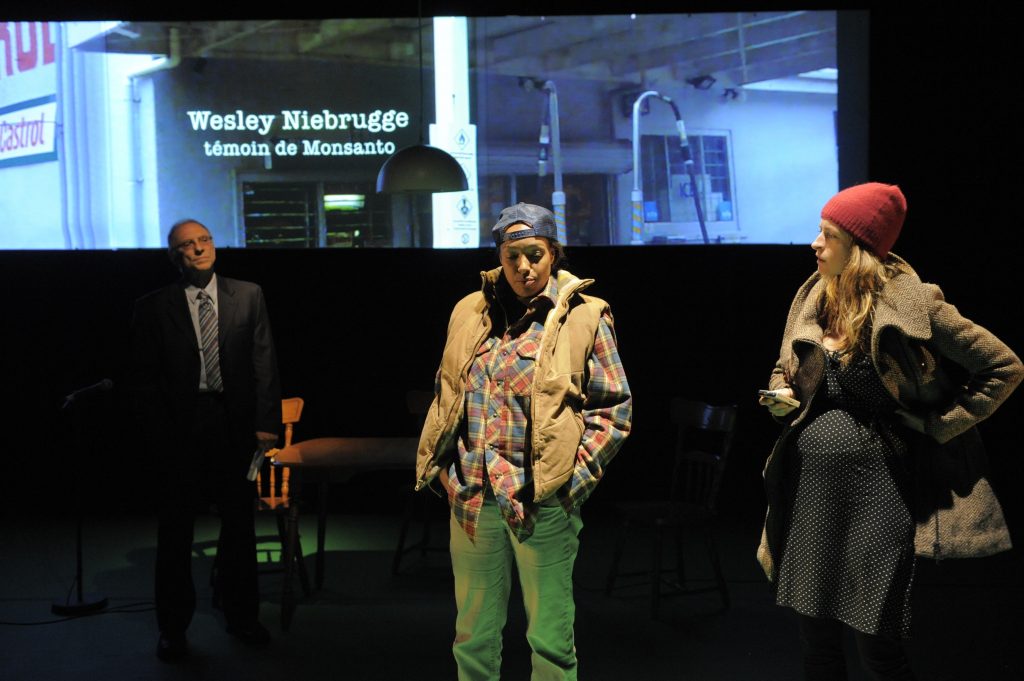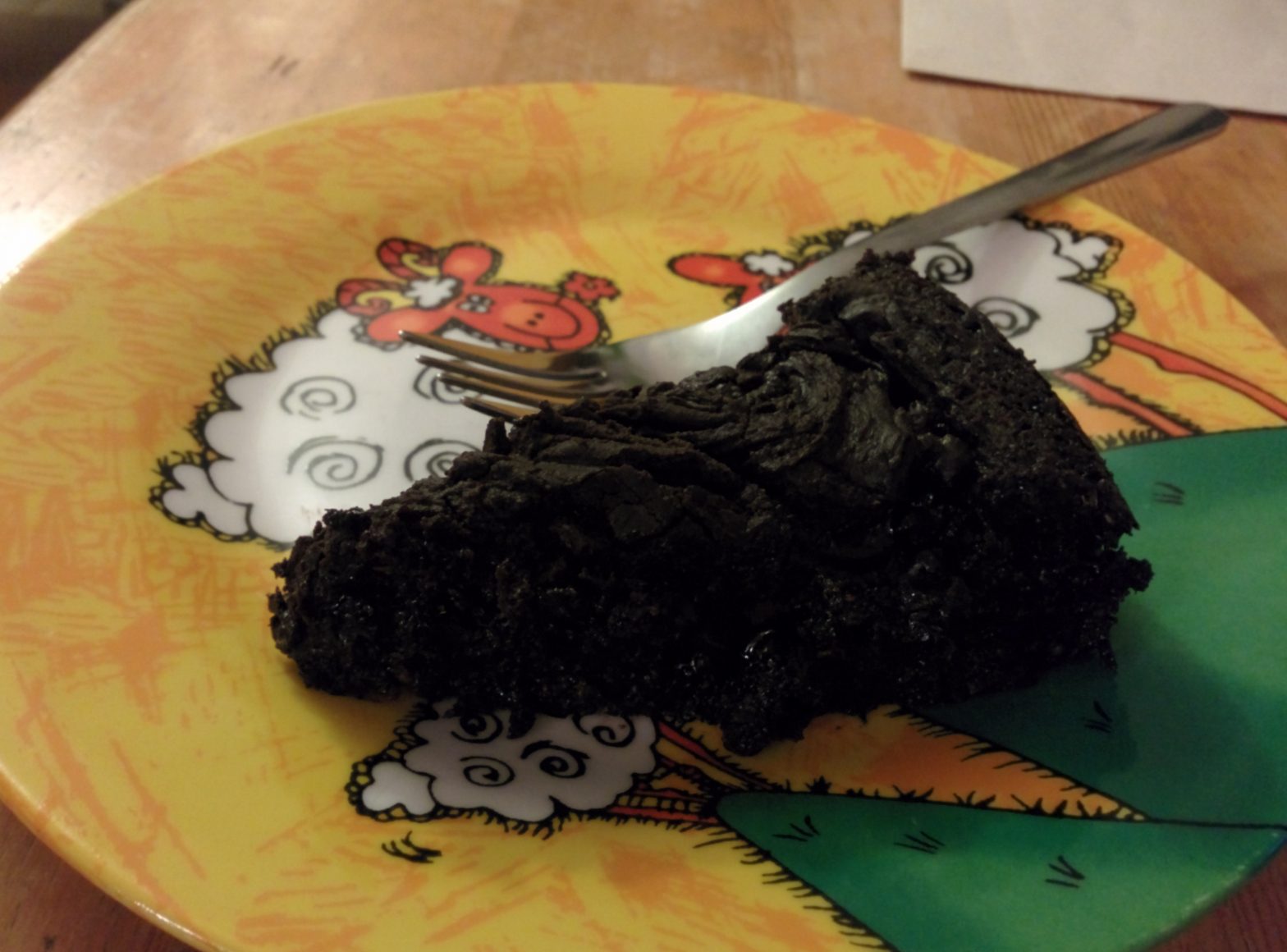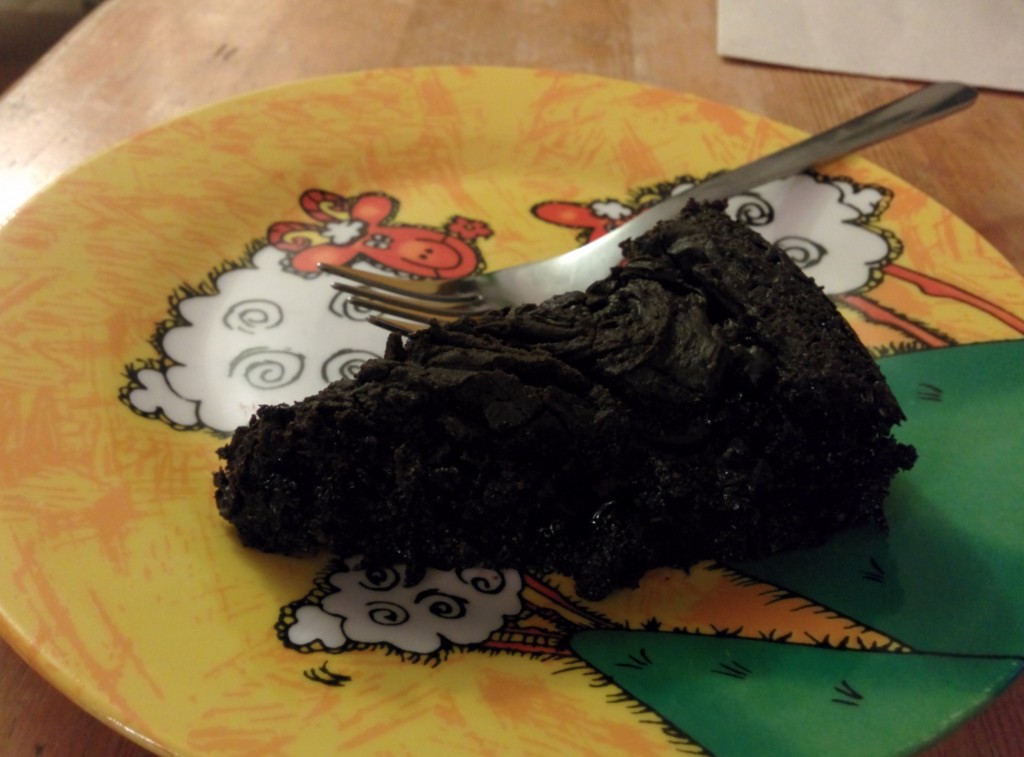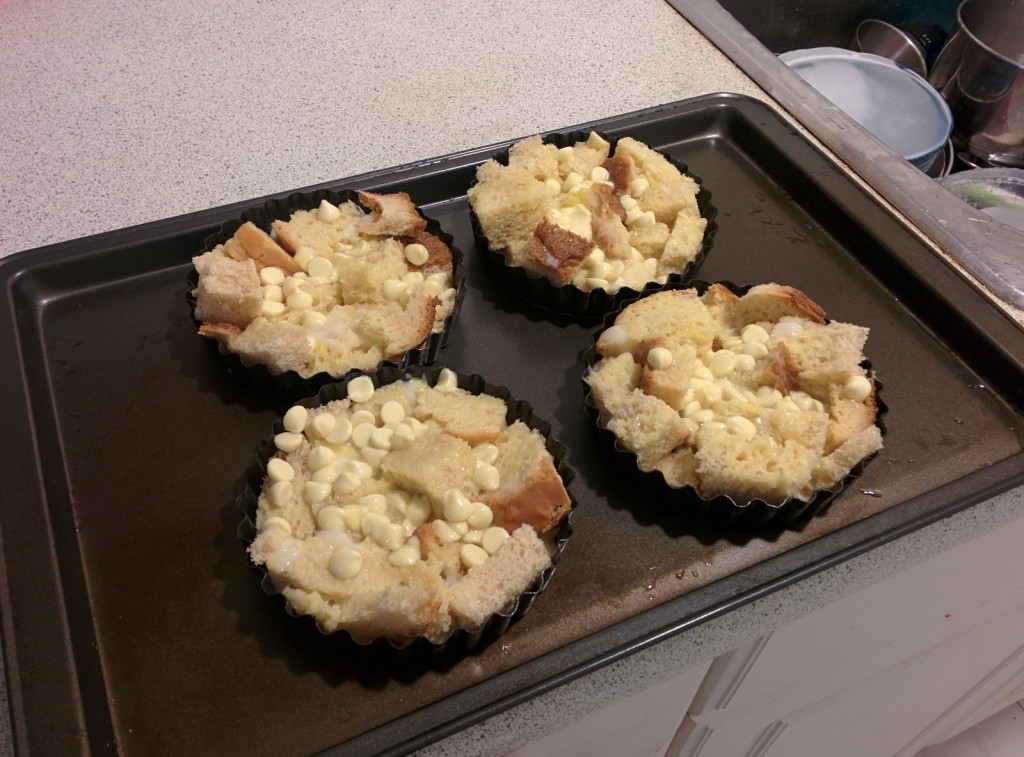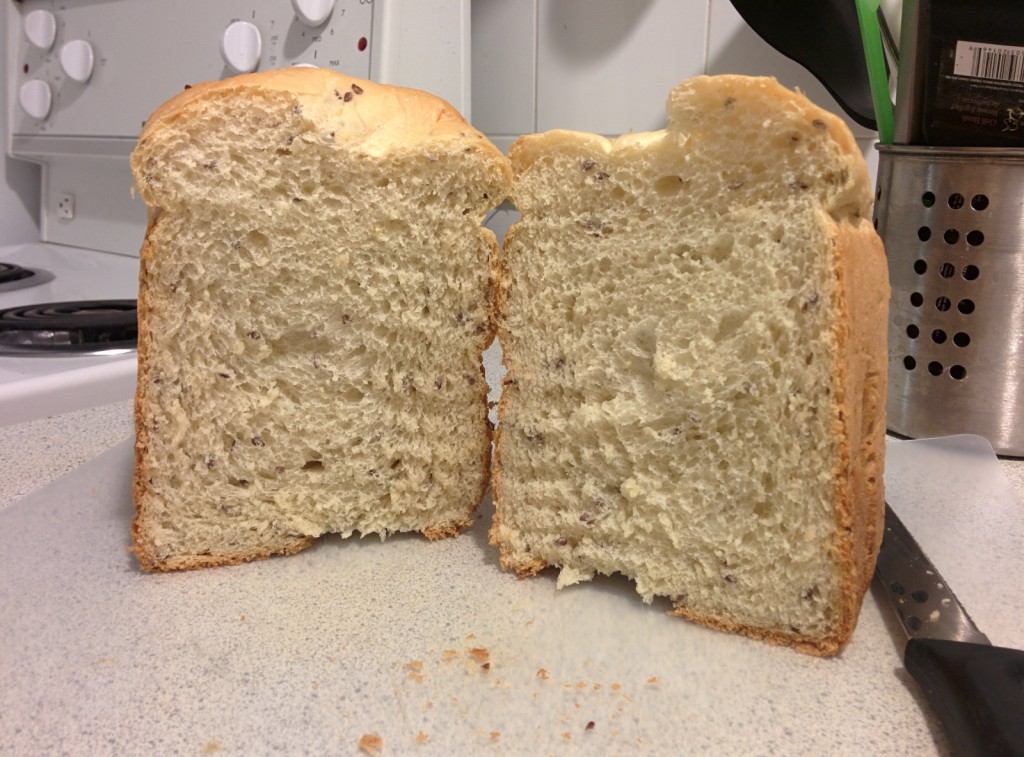The last few months have proved quite busy.
I went back to school for evening classes in January and then dropped out. I’ve continued working on the book (pictured below), for which I plan on printing a single copy and leaving it at that. I’m doing it because it’s therapeutic and drives a personal sense of accomplishment.
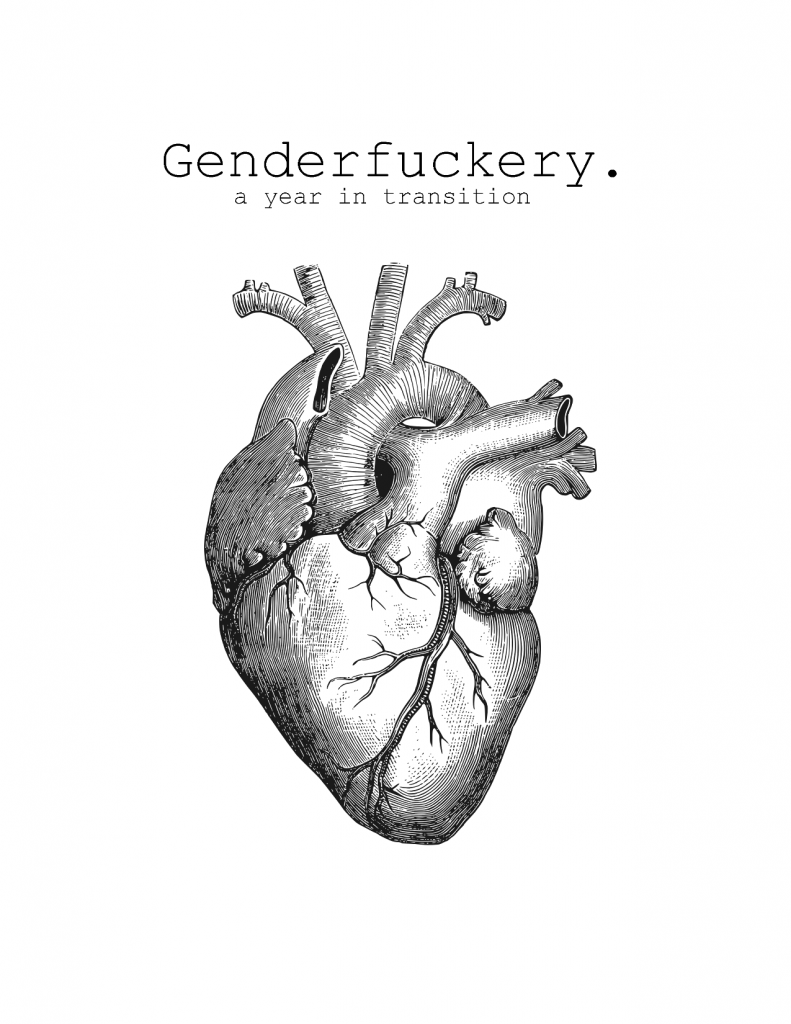
I also moved last week. This is months shy of my lease being up on my old place so I’m paying dual-rent at the moment.
The move has been an incredible boon to my mental health. My old place did not feel like a home.
I had a pretty severe leak which lasted twenty days because the property management company wanted to save money and did not want to get a plumber. It took another twenty days to fix the ceiling that had collapsed due to their inaction. It took a week to “fix” the broken lock on my door (the wonders of plywood.) The pipes atop my head vibrated extremely loudly at night preventing me from sleeping. I’d often wake up at all hours. Turns out there was something loose in the boiler room which took three months to fix. My bathroom always smelled like cigarette smoke, the halls often reeked of pot. The property management company would cut power to the building one day, water another, and have reason to go into my unit each month. The halls had ripped out flooring and walls, the product of construction that had been abandoned before my initial move. Tenants discarded their own garbage inside the building. Then there was an email from my property manager asking me to take down a review in which explained the terrible initial state of the apartment. There was no acknowledgement of their responsibility. That was atop of the regular patronizing reminder emails they’d send out.
That last week in the old place I was counting down the days to the move and seeing that as a shrinking window in which I could kill myself. I knew the place I was at sucked but I didn’t see changing places as an opening for getting better. I just saw it as a chance to separate myself from negligent property managers. Getting to sleep was still a nightmare with negative memories replaying endlessly.
It was only after I moved that I realized how significant the old place had been to the degradation of my mental health. It had been far more than the annoyance I had thought it to be.
Even though we’re four in the house, I fall asleep to soft laughter or silence. I wake up to the sun, a luxury I didn’t have in my basement apartment. I sleep so well. It’s really strongly impacted my mood for the better. Those negative thoughts that occupied the hours before falling asleep are no longer as present. I don’t know how long that will last, but I’ll take it.
The residents here also are super affirming for me. I can wear my new Lululemon skirt and they won’t comment on it. Because it’s normal. I have not heard the wrong pronouns or my birth name uttered here once. One day I came home and they had supper for me. It’s just been lovely. I now spend 2.5 – 3 hours travelling each day to get to/from work, but it’s well worth having this home to go to.
I’ve also started to self-medicate for hormone replacement therapy.
I started pursuing legitimate channels last May. It took about four months to have a social worker discuss my history and vouch for a referral. Since then it’s just been wait. My first appointment was scheduled in November. The appointment was set for the first week of February. The clinic then pushed it back to the first week of March. The second appointment was supposed to be in the last week of March, then it got pushed to Mid-April, then to mid-May. The doctor wants to also go over my history beforehand, so we’re now looking at well-over a year before I’ll get on officially.
It’s frustrating because I know of people that went from bringing it up with their GP to getting a prescription in under a month. I just did not win this lottery. I’ve had this option to self-medicate from the get-go. I tried waiting. But over that year I saw further irreversible masculinization take place and the capacity to cope with it erode.
The only thing I gained from waiting further was the approval of cisgender friends at the expense of my own mental health. They saw self-medicating as more risky than waiting. The trans people in my life know the reality can be the reverse. Outward physical health does little good if there’s no mental health to go with it.
I’ve felt a sense of relief being on them. I don’t expect much in terms of outward changes as I’m on anti-androgens. I’ve used a guide made available by the Center for Mental Addiction and Health, the arbiters of surgical care under OHIP, for suggested start dosage and risks. I’ve also turned to the Standards of Care issued by the World Professional Association for Transgender Health for further information. It helps that many among my friends network are or have been trans service providers.
Other than that, life is good.
I took a month-long reprieve in March from social media and socializing in general. That followed a particularly bad night mental health wise, and that did me much good.
I’m still baking for fun, and now that I have room mates it’s not just me eating everything. I have these plans for the summer too. If I’m still at my current employment, I’m going to take a month off in August. I haven’t had a month off since I started to work when I was 15. I’ll use that time to finish my book and work on an open-source project. It’s very difficult to find energy to program for fun when that already consumes 11-12 hours of each day (I count travel time.) A month would do me great.
Friendships are doing well. Many of my friends have also seen the last few months as being a period of great change, for the better. I’ve been keeping busy and doing things like going to watch plays. I saw Seeds last week, which is a documentary-play about the patent infringement case brought against a farmer who was found to have grown Monsanto seeds without authorization.
I’m excited for the impending summer.
